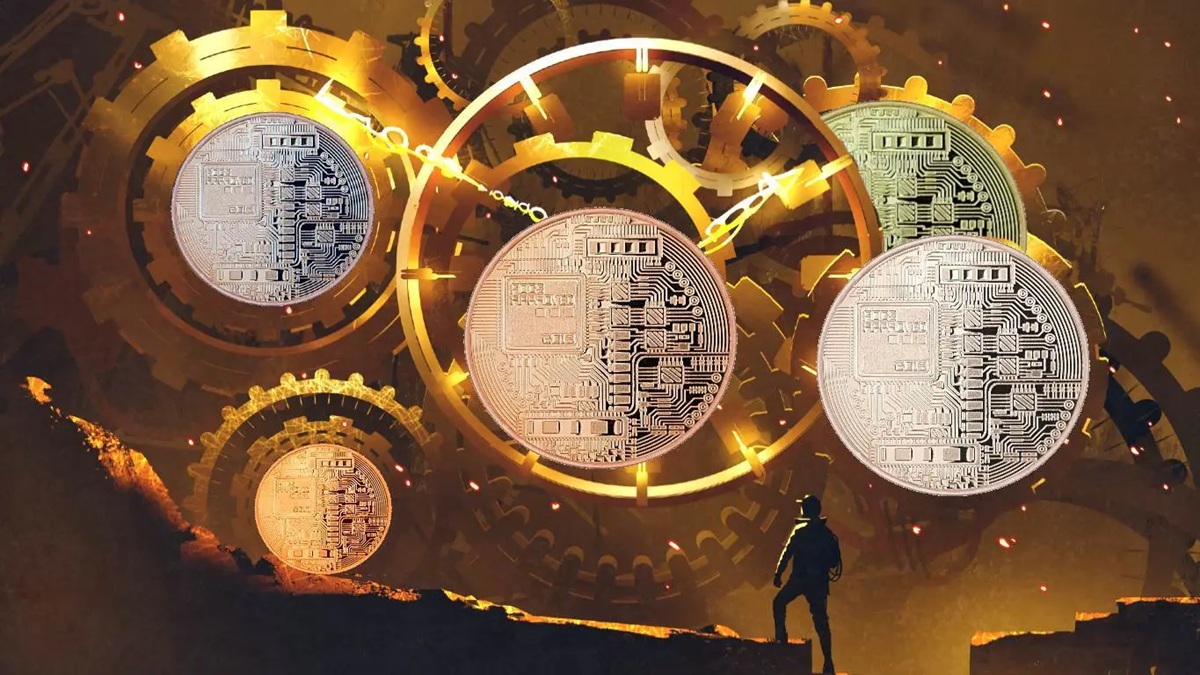Coinbase’s (COIN) asset management arm is joining the race to bring traditional financial (TradFi) assets to the blockchain with a new platform that lets institutional investors issue and trade digitally native debt instruments using Base, the exchange’s Ethereum scaling network.
Project Diamond, developed by Coinbase Asset Management, combines Coinbase Prime’s custody service, the exchange’s Web3 crypto wallet, Circle’s USDC stablecoin and layer-2 network Base to create a capital marketplace.
The platform has received in-principle approval from the Financial Services Regulated Activity (FSRA) of Abu Dhabi Global Market (ADGM) and will enter the agency’s RegLab sandbox, the company said. It already issued and distributed its first debt instrument, a short-term discount note denominated in USDC stablecoin, on Base as a demonstration to regulators in Abu Dhabi.
The platform is available to registered institutional users outside the U.S.
Coinbase’s release arrived at a time when there’s a fierce competition with global banks and crypto-native companies to bring more traditional financial assets such as bonds and credit onto blockchain rails.
The process is often tagged as the tokenization of real-world assets (RWAs), and experts say it can offer speedier settlements, cheaper operation and more transparency compared to old-school financial plumbing. Asset management firm 21.co forecasted that the market of tokenized RWAs may grow to $10 trillion by the end of the decade.
Project Diamond takes tokenization to the next level, creating digital assets directly on the blockchain instead of crafting token versions of an already existing instrument.
“Tokenization is an important first step, but the natural conclusion is a transition to digitally native assets,” Shaun Martinak, head of infrastructure development, Coinbase Asset Management, said in an email. “Instead of tokenizing off-chain assets, this digitally-native debt instrument was created and matured fully on-chain, with an automated lifecycle that takes full advantage of next-generation infrastructure.”
“Today, less than 0.25% of total global assets are represented on blockchain infrastructure, leaving massive efficiency gains uncaptured,” Coinbase said. “Our goal is to close this gap by enabling institutional use of next-generation financial technology.”





